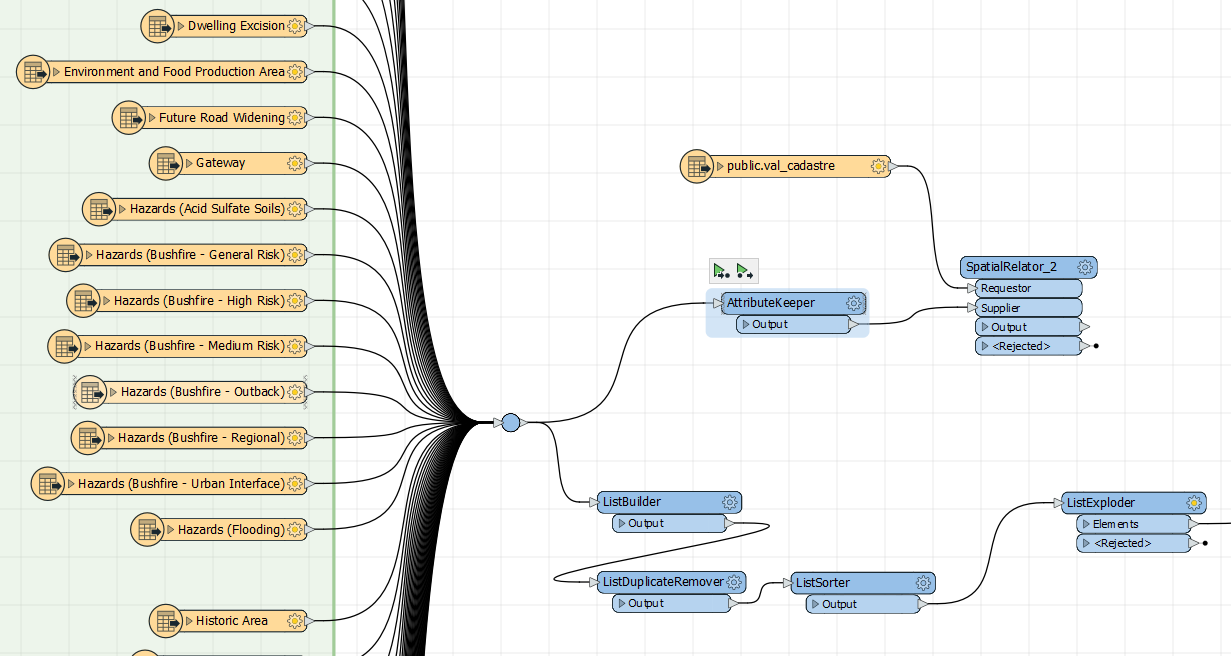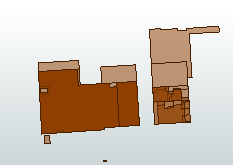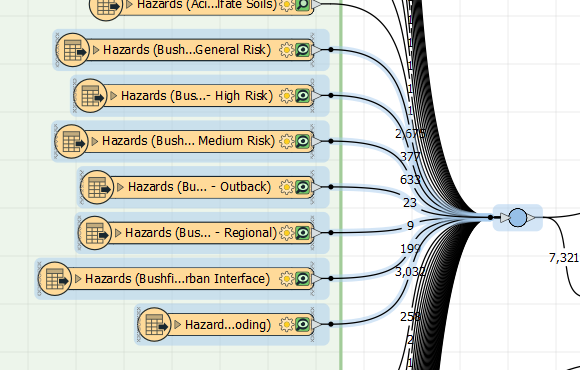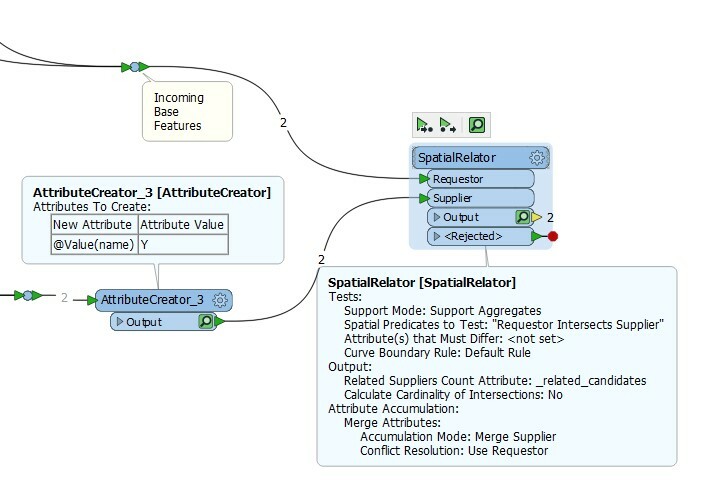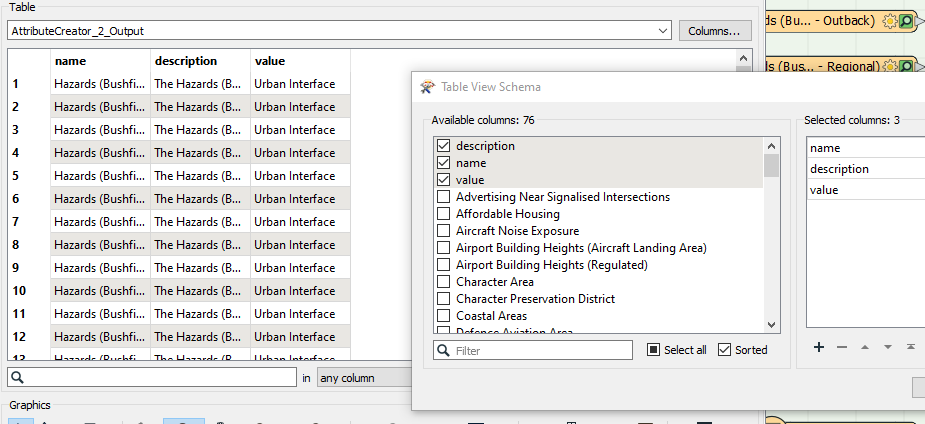I am sure this is probably covered in another post but can't seem to find the right solution :)
I have a list that I have exploded into its elements.
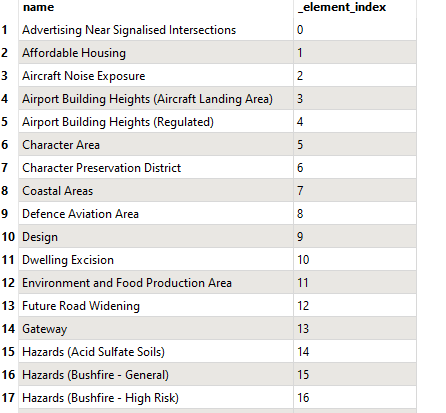
I have polygon layer that I need to add each of the names as a column in the polygon table so that I can put a value against each polygon for each column.
i.e.
PolygonID, Advertising Near Signalised Intersections, Affordable Housing, ...., etc










